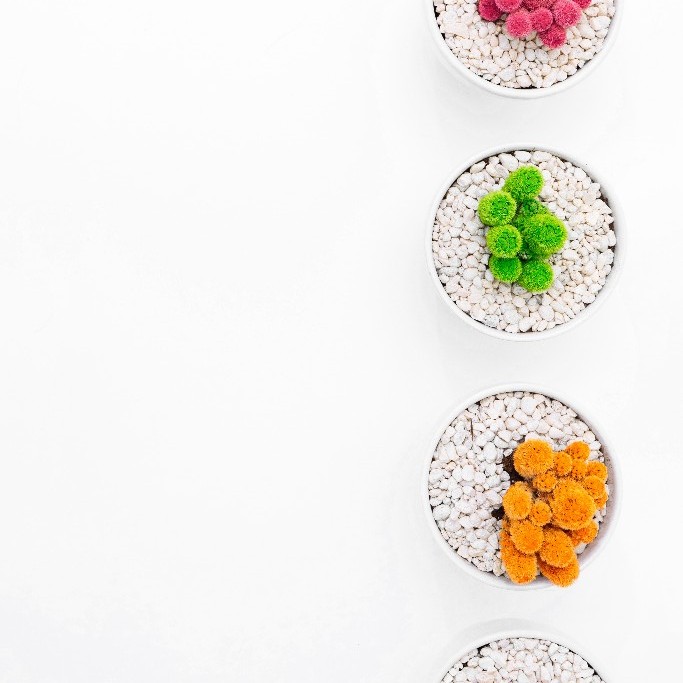Non-human model organisms are a vital tool in the discovery of the fundamental principles of human genetics and molecular biology. The majority of commercially available antibodies, however, are designed to bind human or relevant mammalian models, limiting the ability to perform comparative and translational studies using non-human/non-mammalian animal model organisms.
What are model organisms?
Model organisms are non-human species that help scientists understand basic biological processes. They are morphologically well-characterized, easy to culture or keep in the laboratory, and ideally have a short generation time. They should be endowed with traits and behaviors that can be easily monitored and followed. In a perfect world, they should additionally display a similar asset of genes as humans importantly a large degree of sequence homology.
The conservation of disease pathways between model organisms and humans allows model organisms to be used to study disease pathogenesis and to develop drugs. Having said this, it should be emphasized that homologous (and different) molecular pathways may be employed to perform the same physiological task within relatively closely related mammalian species.
From higher vertebrates to microorganisms like bacteria and viruses, model organisms have become indispensable tools for fundamental biological and clinical research. They helped scientists both in identifying human disease gene homologs and aided in the characterization of their normal function and role in pathogenesis.
Over time there has been a major switch to more advanced biological model systems and functions, requiring the study of complex multicellular organisms.



